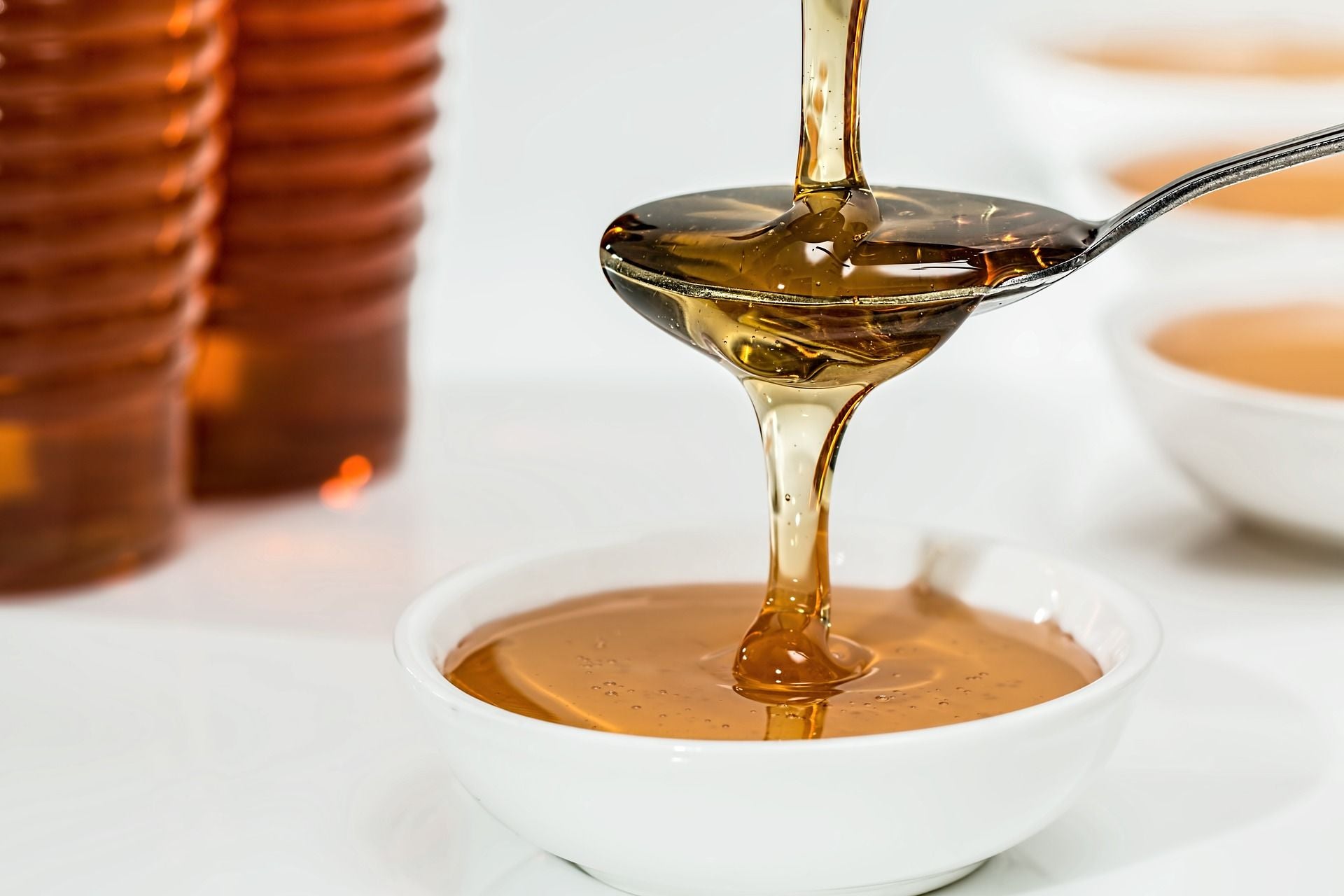The Honey-Making Process – Ecrotek Beekeeping Basics
Even small children know that bees make honey, but most people don’t really know how they do it.
Bees make honey to feed themselves and their larvae through the winter – fortunately for us, they usually make more than they need. The honey-making process, developed over thousands of years of evolution, is fascinating and complex. It involves thousands of worker bees, millions of flowers and plants, and many months of work.
If you’re thinking of becoming a beekeeper, it’s essential that you understand how honey is made so you can get the best results from your bees without harming them.
Step One: Nectar collectors
Gathering nectar from flowers is the first step in the honey-making process. Female worker bees fly from flower to flower, using their long, straw-like tongues to extract nectar. The nectar is stored in their second ‘honey stomach’ until they return to the hive. The honey stomach is more like a storage pouch than an organ, and can store almost 70mg of nectar.
A single bee can visit up to 150 flowers on a single nectar-collecting trip.
In New Zealand, bees collect nectar from a range of plants and trees, including clover, fruit trees, and natives like pohutukawa and manuka. Honey made from different types of nectar can look and taste quite different. That’s why, when you purchase honey, you have options including smooth, pale clover honey, caramel coloured pohutukawa, and darker manuka.
Step Two: The handover
When a worker bee’s honey stomach is full, she will return to the hive to drop off the nectar. At the hive, another worker bee will extract the nectar from the honey stomach and digest it for up to half an hour. This process starts breaking down the complex sugars in the nectar, making it more digestible for bees and less likely to be infected with bacteria while it’s in the hive.
Step Three: Spread and store
Next, the worker bees spread the nectar out into honeycomb and fan it with their wings. This helps it dry and thicken – nectar starts at around 80% water and loses most of that moisture during the honey making process.
Once the honey is thick enough, the worker bees seal the honeycomb cells with plugs of wax until it’s ready to be eaten. Left undisturbed, a typical bee colony will eat around 50-100kg of honey every year.
Step Four: Harvesting the hive
This is where the beekeeper comes in. Honey is harvested by removing the honeycomb – which is attached to a wooden frame – scraping off the wax seal, and using an extractor to remove the honey. An average hive produces around 30kg of honey every year.
Step Five: Processing for purity
After extraction, the honey is strained to remove wax and other debris. It may be heated to make this process easier, but won’t usually be altered in any way.
At this stage, honey may also be ‘creamed’. This process involves churning and cooling the honey to break down the crystals, making it thicker, smoother, and easier to spread. Nothing is added to creamed honey, so it still has the same nutritional profile as liquid honey.
Step Six: Package, purchase, eat!
Finally, the honey is packaged, labelled, and sent to shops for sale. Look for ‘100% pure honey’ labelling to avoid buying honey that has been adulterated with corn syrup or sugar.
Once you’ve purchased your honey, you can use it in cooking or baking, to sweeten drinks, or as a delicious spread.
Keen to find out more about the honey making process? Talk to the team at Ecrotek for expert advice and beekeeping support.

